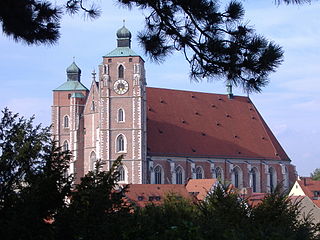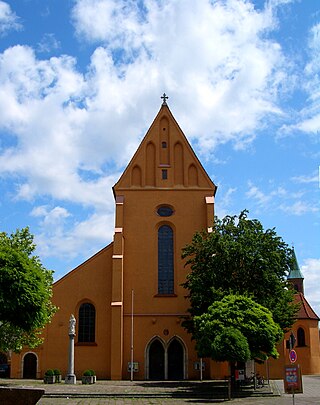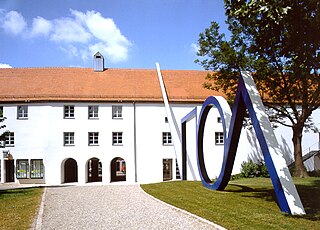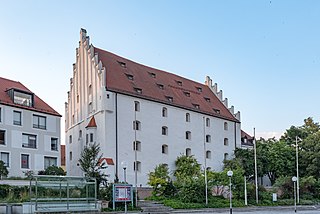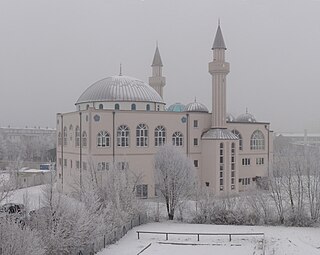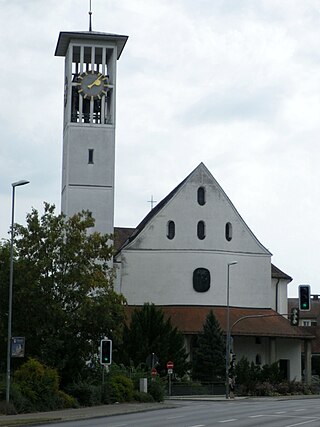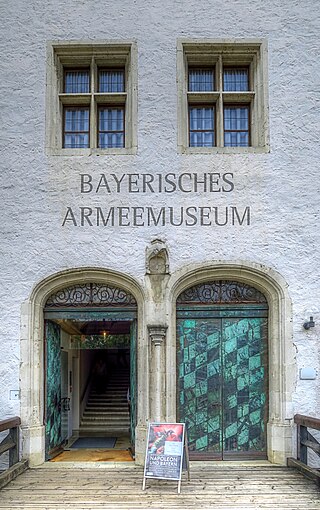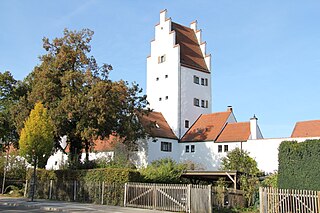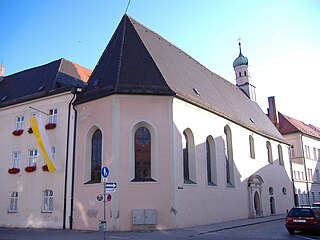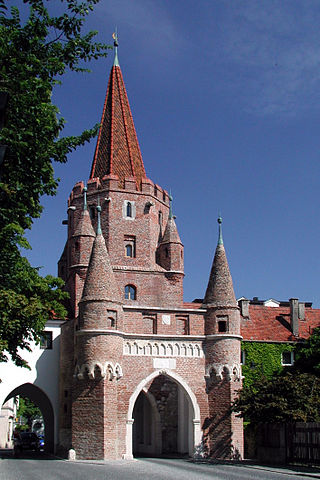14 Sights in Ingolstadt, Germany (with Map and Images)
Legend
Welcome to your journey through the most beautiful sights in Ingolstadt, Germany! Whether you want to discover the city's historical treasures or experience its modern highlights, you'll find everything your heart desires here. Be inspired by our selection and plan your unforgettable adventure in Ingolstadt. Dive into the diversity of this fascinating city and discover everything it has to offer.
Sightseeing Tours in Ingolstadt1. Liebfrauenmunster
The Cathedral of the Beautiful Unserer Lieben Frau or Liebfrauenmünster is a Catholic parish church in Ingolstadt in the Bavarian Diocese of Eichstätt. The late Gothic church of the 15th century is a borderline case of hall church and pseudo-basilica. The name Münster does not refer to a function as a monastery church, but to its size.
Wikipedia: Münster Zur Schönen Unserer Lieben Frau (DE), Website
2. Franziskanerkirche
The Franciscan Church of the Assumption of the Virgin Mary in Ingolstadt is an early Gothic three-aisled flat-roofed basilica. It was the monastery church of the Franciscan monastery of Ingolstadt, which was a Capuchin monastery from 2006 to March 2023. The church has a length of 71.70 meters, is 20.65 meters wide and 28.60 meters high. Like many other Franciscan churches in mendicant order style, it has no steeple, but only a small turret.
3. Museum für konkrete Kunst
The Museum of Concrete Art in Ingolstadt presents the diversity of Concrete Art since its beginnings in temporary exhibitions on around 800 m² of exhibition space. In addition, it is dedicated to selected aspects of design, which in the 20th century was often closely linked to Concrete Art.
4. Ingolstadt City Museum
The Stadtmuseum Ingolstadt is located in the Kavalier Hepp, a fortress building from the 19th century. It shows the historical and cultural development of the Ingolstadt area from early history to modern times. A separate department is dedicated to the history of craftsmanship and industry. The Toy Museum and the "Museum" component of the Memorial to the Victims of National Socialism and the Dead of the World Wars are integrated into the Contemporary History Department. In addition to the Ingolstadt City Museum, the Farm Equipment Museum and the Marieluise Fleißer House are also integrated into the City History Centre.
5. Herzogskasten
The Herzogskasten in Ingolstadt, also known as the Old Castle, is a Gothic secular building from the 13th century and now houses the city library. The complex is listed under the file number D-1-61-000-156 as a listed architectural monument of Ingolstadt. It is also listed as a ground monument under the file number D-1-7234-0544 in the Bavaria Atlas as "underground foundations of predecessor buildings of the so-called ducal box of the Middle Ages".
6. Hohe Schule
The High School is a secular building from the 15th century in the old town of Ingolstadt. The multi-storey building with a high gable roof has a north gable with a turret divided by cantilaster strips. The building served different facilities over time and was structurally slightly modified several times.
7. Kocatepe-Moschee
The Kocatepe Mosque and Cultural Center of Ingolstadt of DİTİB was opened on May 18, 2008 in Manisa Street in the northwest of Ingolstadt. The construction costs amounted to a total of 5.5 million euros. It is the largest mosque in Bavaria.
8. St. Anton
St. Anton is a Roman Catholic parish church near Ingolstadt's main train station, which was first completed in 1917 and destroyed by an aerial bomb in 1945. The new St. Anton Church has stood on the same site as the old St. Anton Church since 1947.
9. Bayerisches Armeemuseum
The Bayerisches Armeemuseum is the Military History Museum of Bavaria. It was founded in 1879 in Munich and is located in Ingolstadt since 1972. The main collection is housed in the New Castle, the permanent exhibition about the First World War in Reduit Tilly opened in 1994 and the Armeemuseum incorporated the Bayerisches Polizeimuseum in the Turm Triva in 2012. Today, part of the former Munich Museum building is the central building of the new Bayerische Staatskanzlei.
10. Taschenturm
The Pocket Tower, or more rarely the Pocket Gate Tower, is a side gate of the Ingolstadt city wall. It was built in 1390 as part of the expansion of the city in the second half of the 14th century. The name of the five-storey building probably goes back to the use of roof pockets for the gable roof, which extends between the stepped gables.
11. Neues Schloss
The New Castle in Ingolstadt is one of the most important Gothic secular buildings of the 15th Century in Bavaria. The builders were Louis VII, Duke of Bavaria-Ingolstadt and Duke George the Rich of Bavaria-Landshut, both of the Wittelsbach dynasty. The neighboring Old Castle, a medieval fortress from the 13th Century, is today called Herzogkasten.
12. Klosterkirche St. Johann im Gnadenthal
The Church of St. Johann im Gnadenthal is a convent church of the Franciscan nuns in Ingolstadt, Germany. It belongs to the Gnadenthal Monastery in Ingolstadt, which was founded in 1276. The single-nave building with roof turret was probably built in 1487 under the direction of a master builder named Mörsheimer in the late Gothic style. From about 1605 onwards, the Baroque extension to the west took place. Most recently, the portal was also changed in the Baroque style around 1697/98.
13. Kreuztor
The Kreuztor, built in 1385, is the western gateway to the medieval city center of Ingolstadt. The tower's name is derived from the leper house belonging to the Church of the Holy Cross, which stood to the west of the city walls until its destruction in the Schmalkaldic War in 1546.
14. Museum Mobile
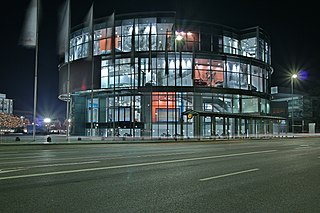
The Audi museum mobile is a car museum of Audi AG in Ingolstadt that deals with the history of the company and its predecessors. The Audi museum mobile was opened at the same time as the Audi Forum Ingolstadt on December 15, 2000.
Share
How likely are you to recommend us?
Disclaimer Please be aware of your surroundings and do not enter private property. We are not liable for any damages that occur during the tours.
